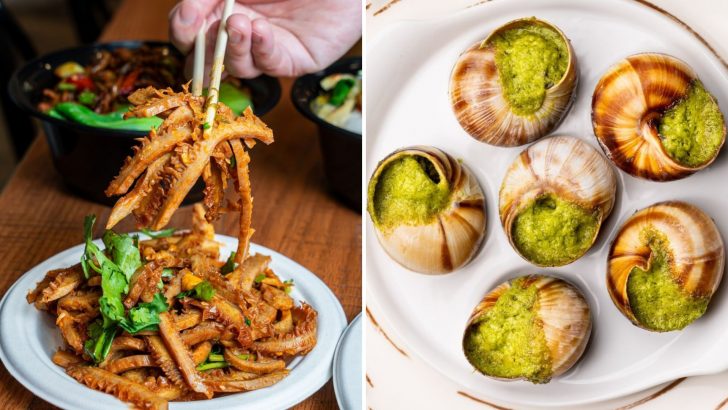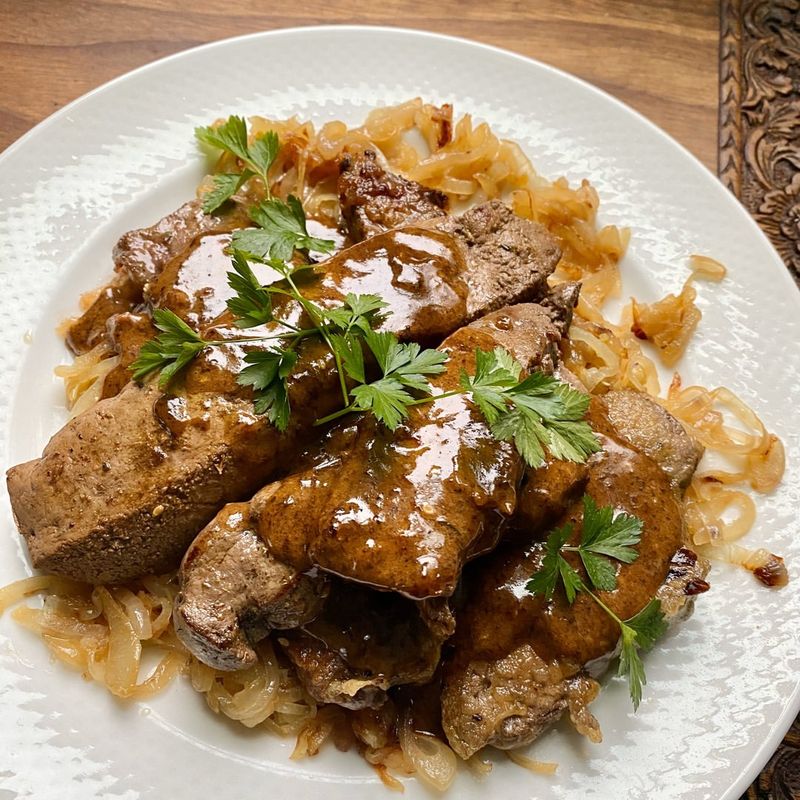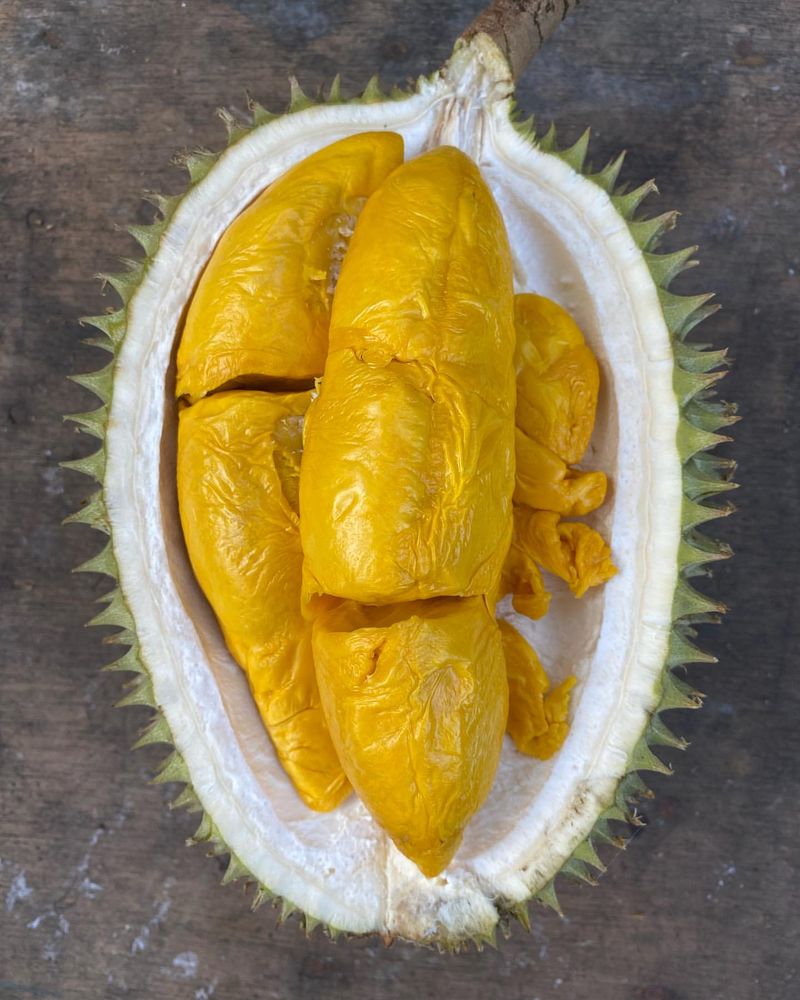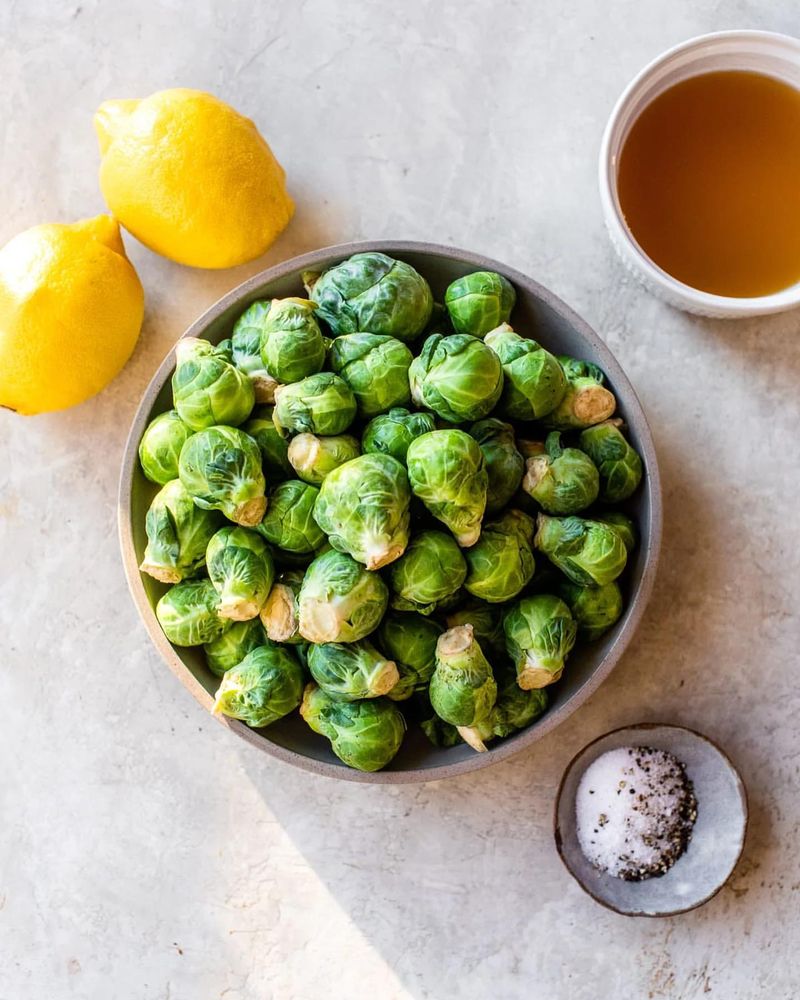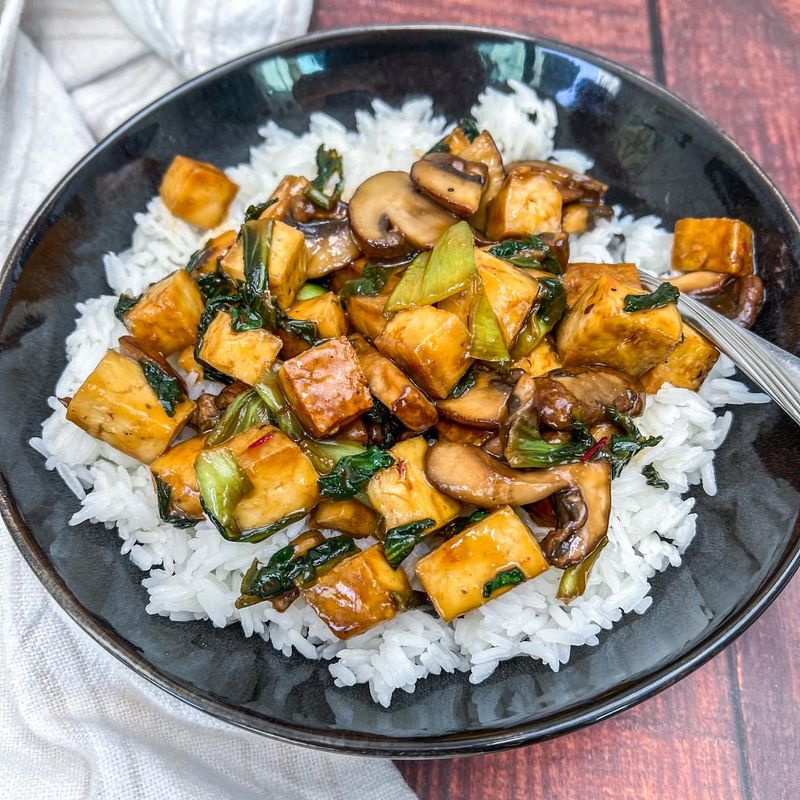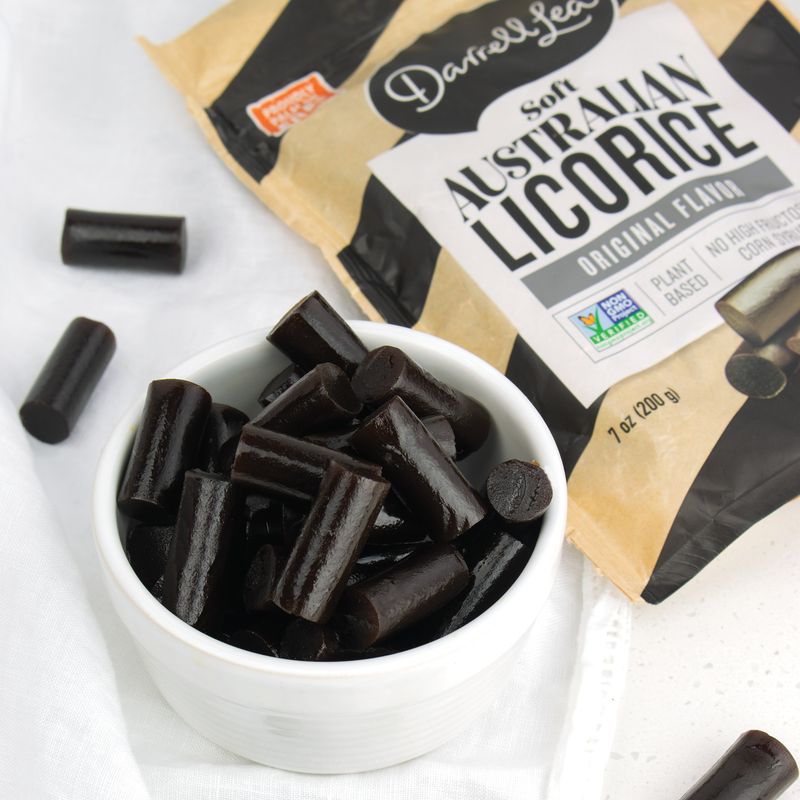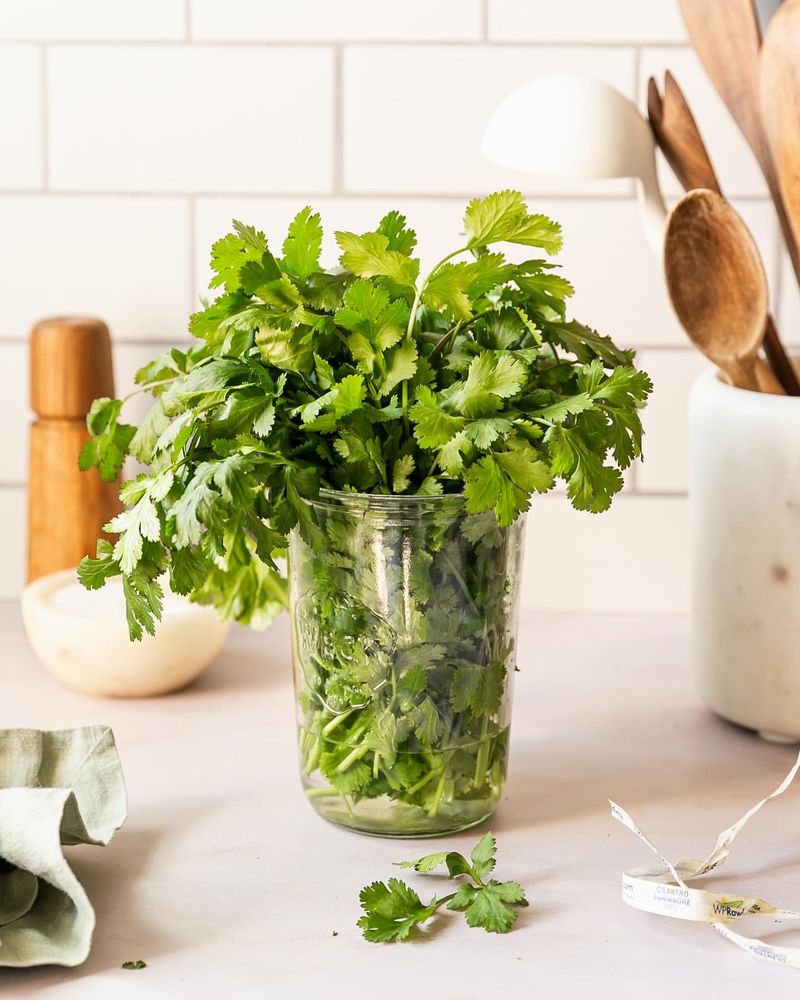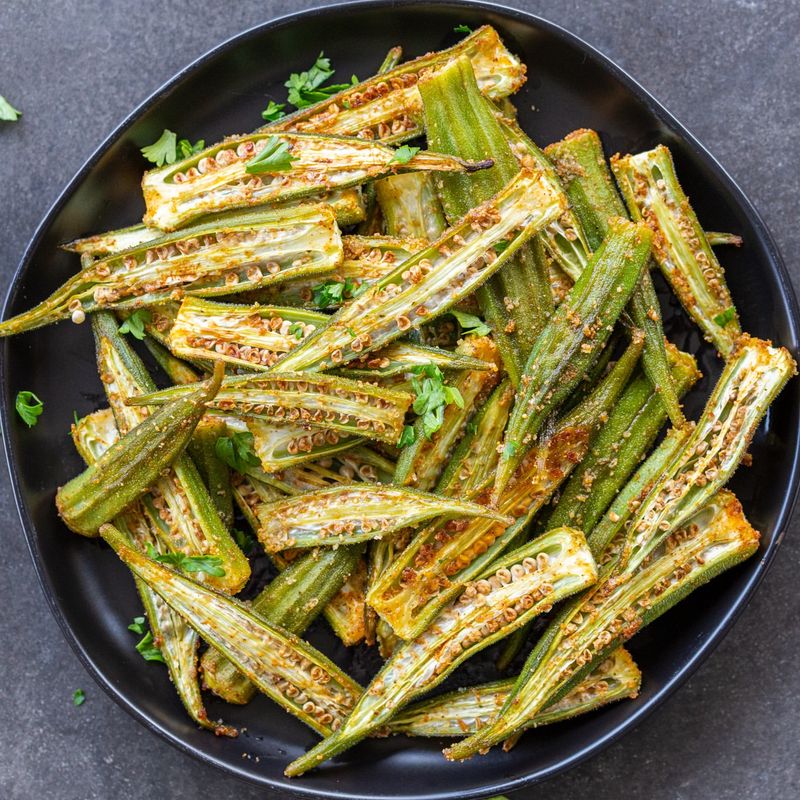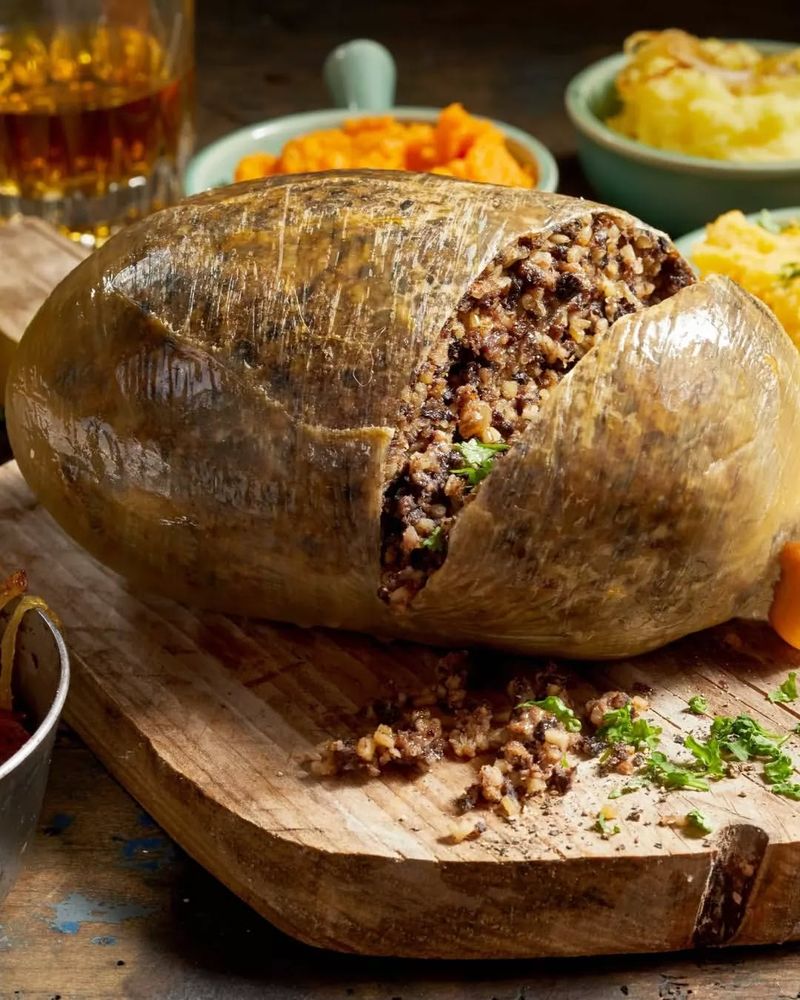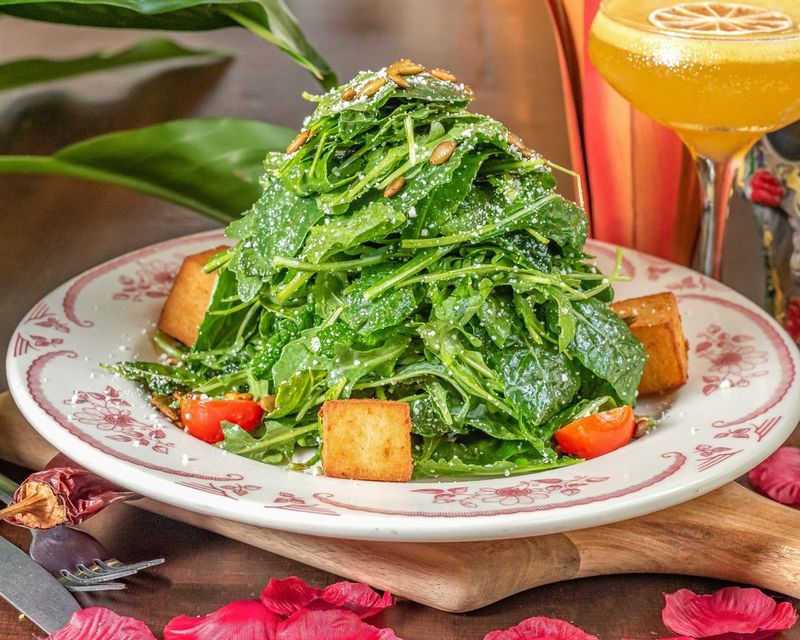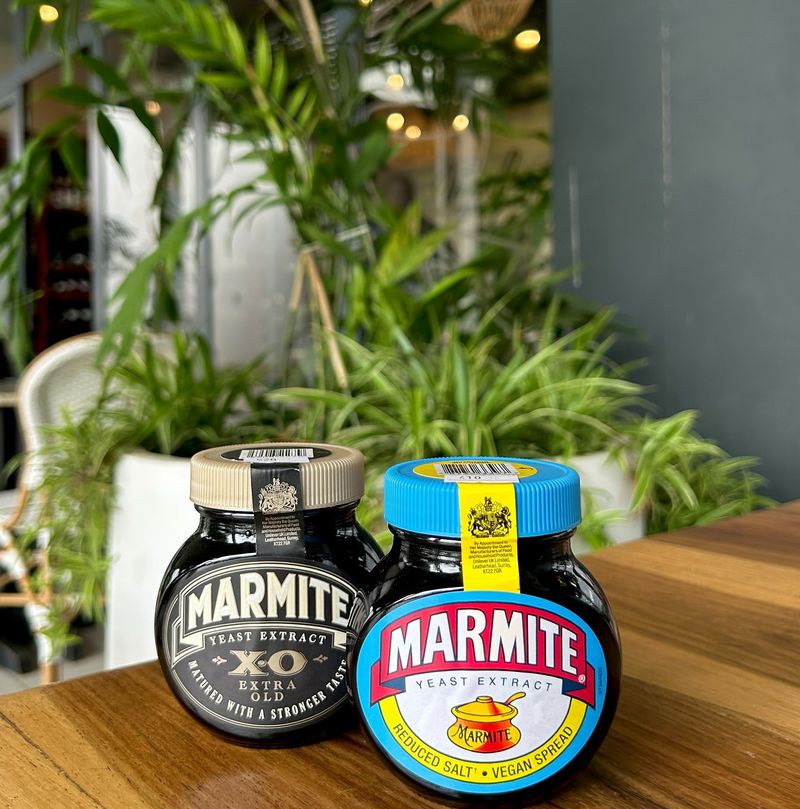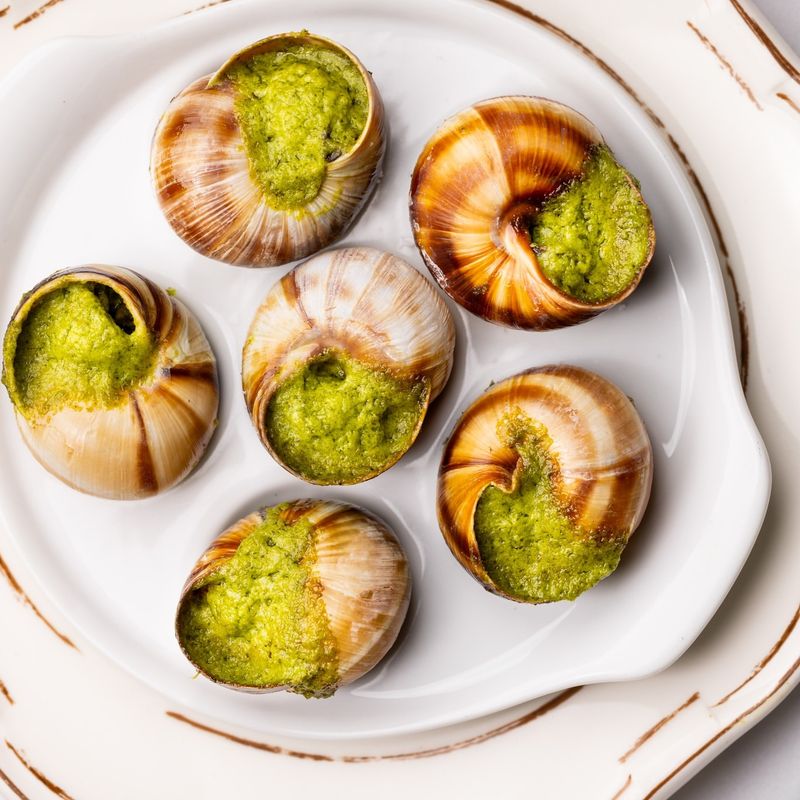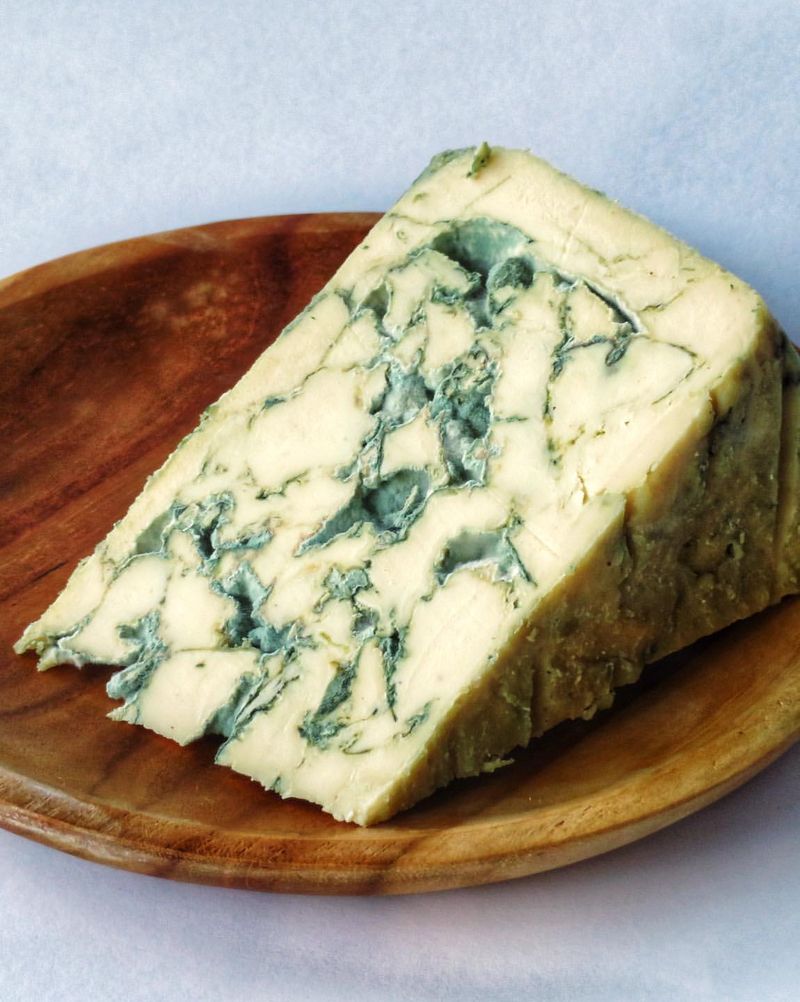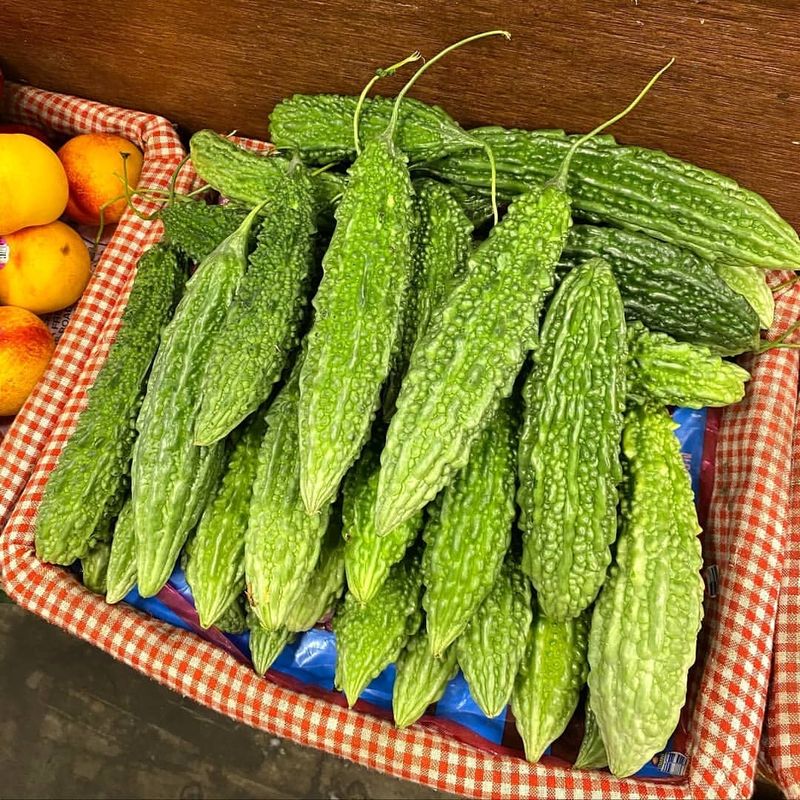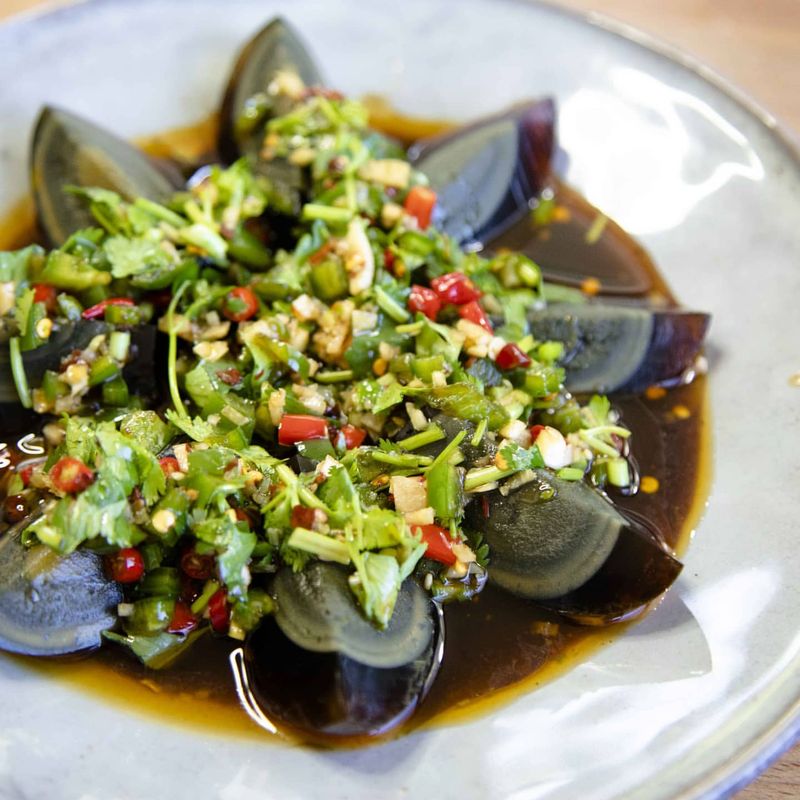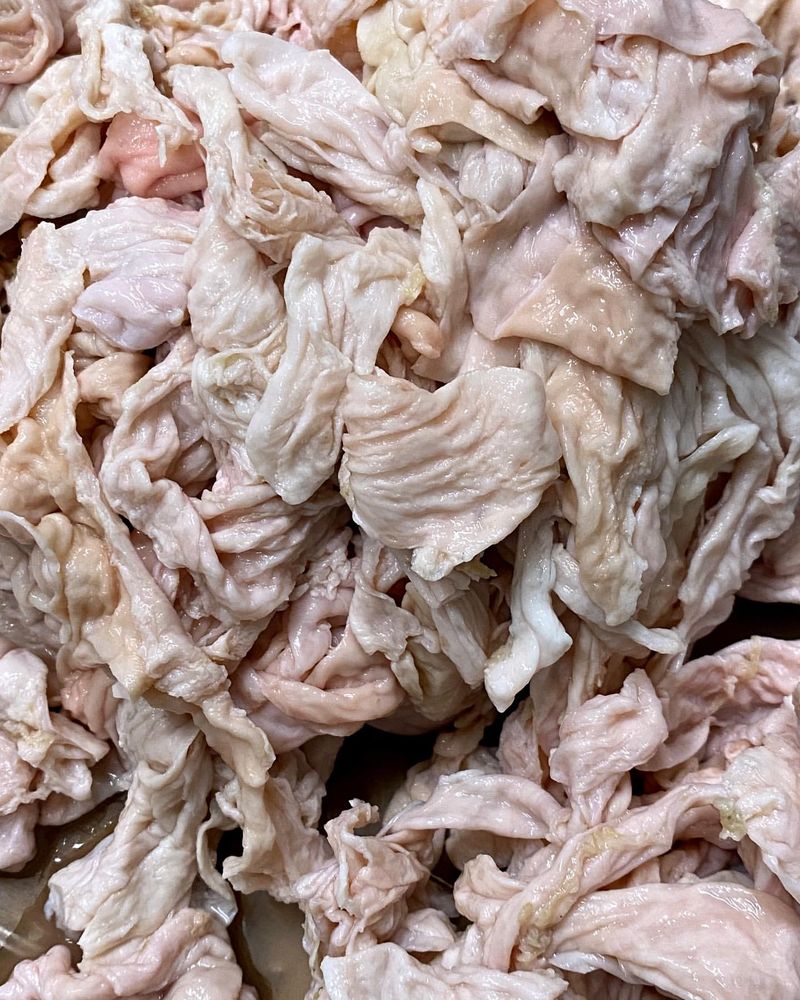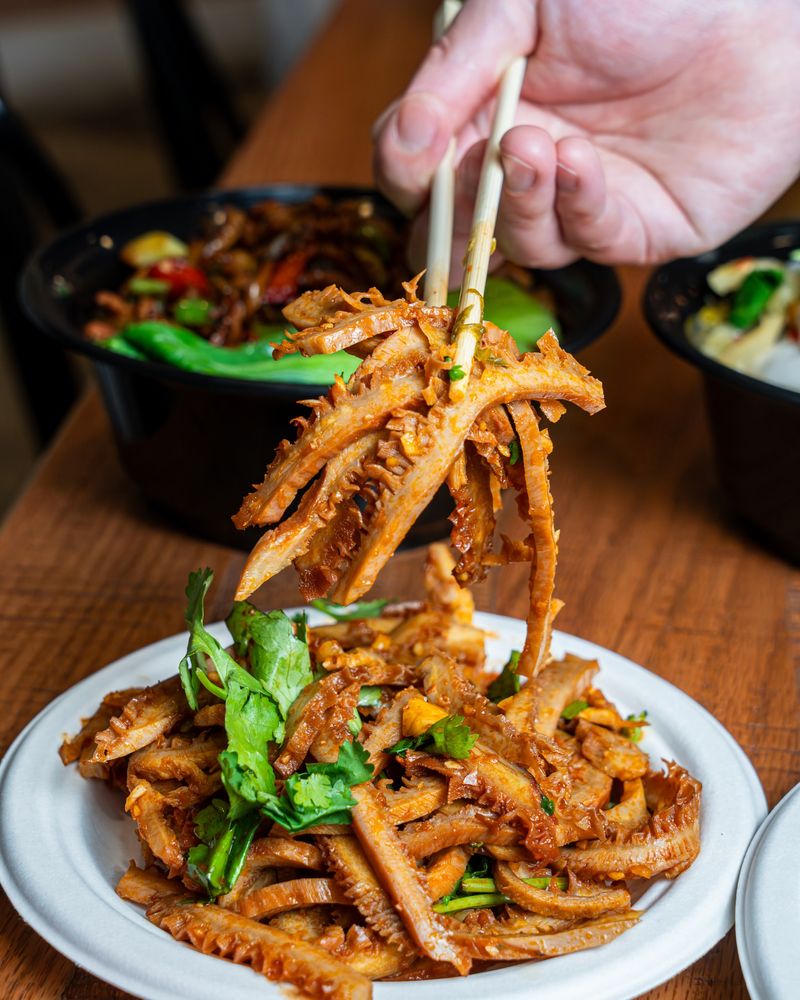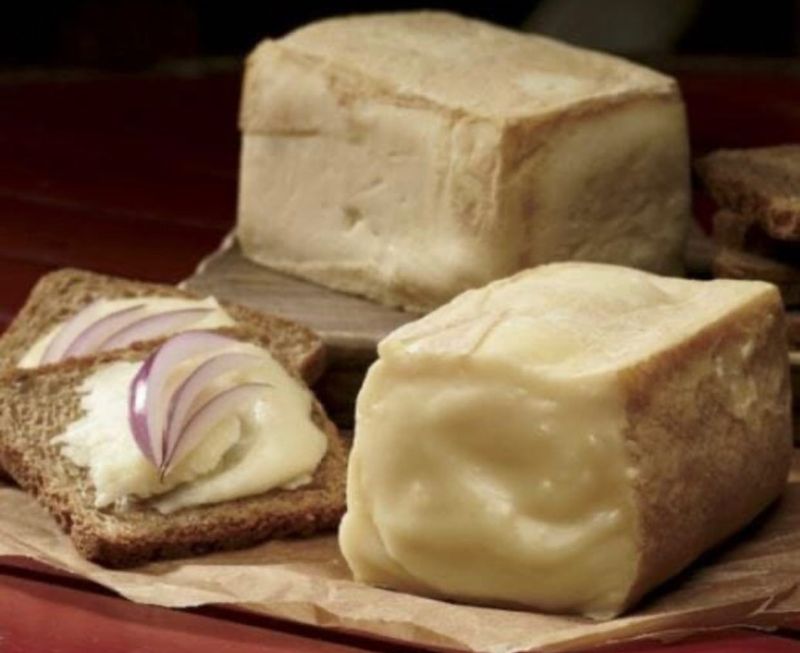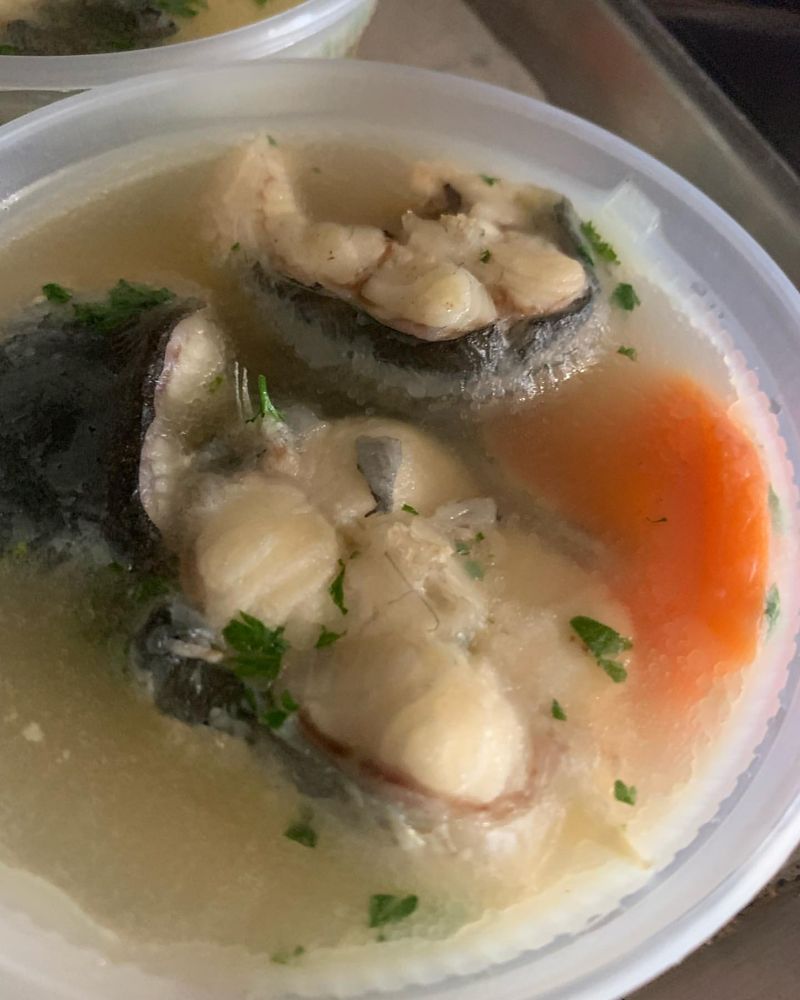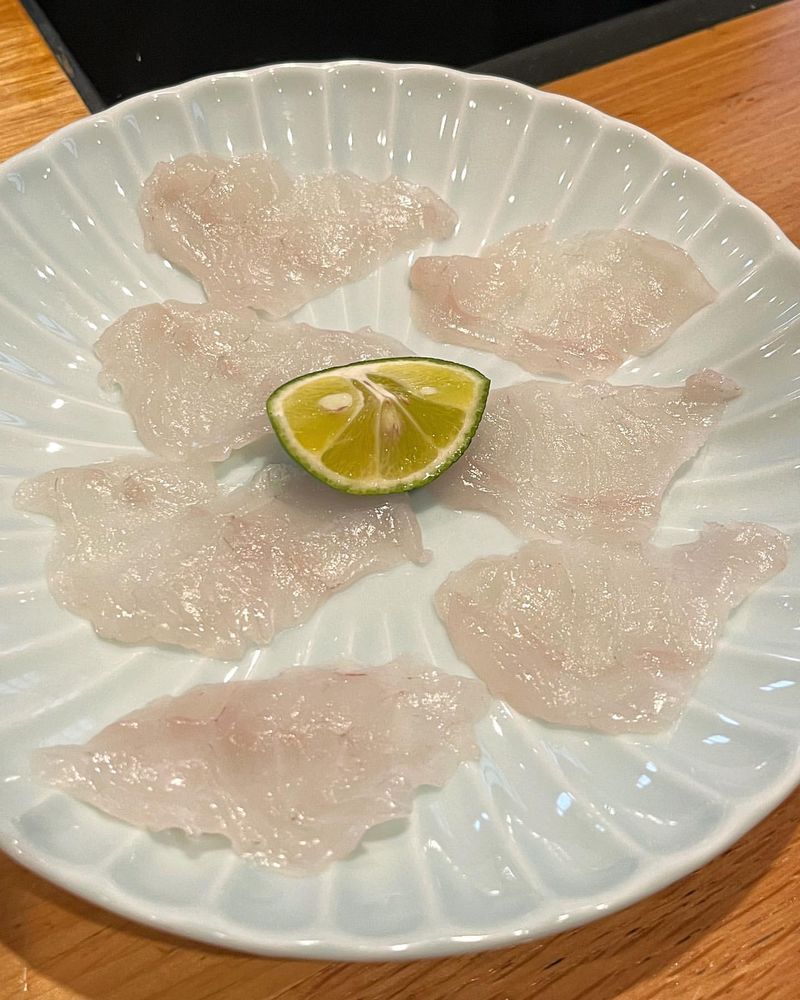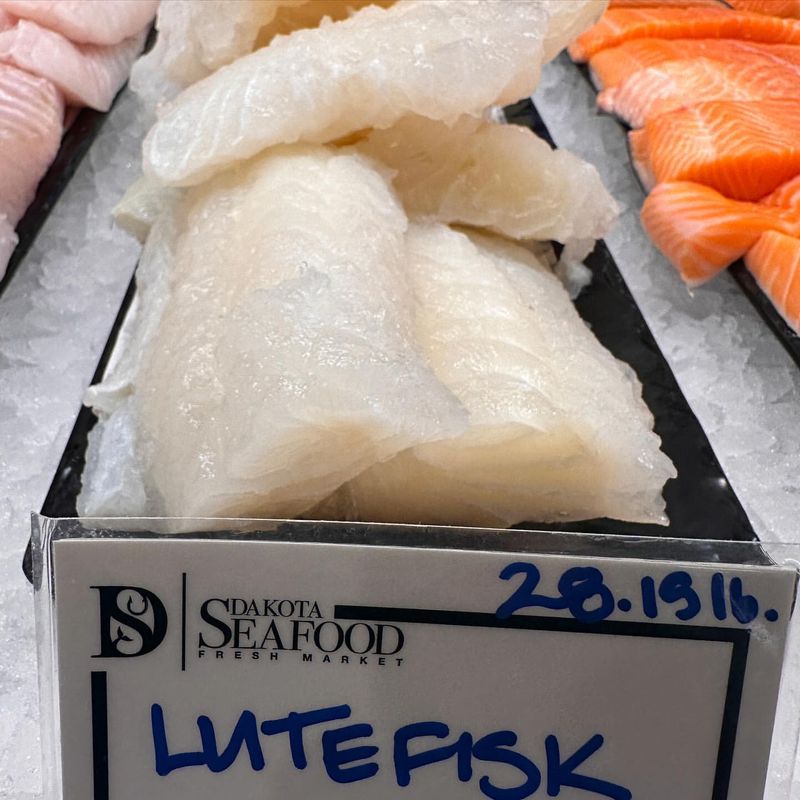It’s fascinating how certain foods can evoke such strong emotions of dislike across the globe. Whether it’s a strange texture, an unusual flavor, or an acquired taste that never quite took hold, these foods have secured their place in culinary controversy.
Yet, this collection also serves as a curious glimpse into cultural culinary habits and personal preferences that make the world of food so wonderfully diverse. Let’s take a flavorful journey through the 28 most hated foods worldwide, uncovering the reasons behind their infamous reputations.
1. Liver
Though liver is packed with nutrients, many people grimace at its distinctive taste and texture. If you’ve ever tried it, you know that it’s quite the polarizing dish. However, liver has its loyal fans who adore its rich, savory flavor.
In many cultures, liver is considered a delicacy. Cooked with onions or made into pâté, it holds a special place in traditional cuisine. Yet, its strong metallic taste can be off-putting for some, making it one of the most controversial foods.
2. Anchovies
When it comes to topping pizzas, anchovies seem to have a notorious reputation. How can something so small pack such a briny punch? That intense saltiness is what makes anchovies a love-it-or-hate-it food.
Wherever these little fish are used, they bring a robust flavor. While some revel in their unique taste, others find them overwhelmingly fishy. If you’ve ever been surprised by anchovies on your pizza, you know the reaction isn’t always positive.
3. Blue Cheese
Considered a gourmet delight by some, blue cheese is another divisive dairy product. However, its bold flavor and strong aroma don’t sit well with everyone. If pungent cheeses are not your thing, blue cheese might be your culinary nemesis.
In salads or melted over a steak, it adds a distinctive taste that some find irresistible. For others, though, the smell is simply too overpowering, earning it a spot among the world’s most disliked foods.
4. Durian
Known as the “king of fruits,” durian’s reputation precedes it. Its strong smell has led to bans in public places in some countries. Why does it evoke such a strong reaction? The taste is as complex as its odor.
Those who love durian describe its taste as custard-like, sweet, and unique. Yet, many are unable to get past the overpowering smell, which is often compared to rotten onions. Hence, it remains one of the most polarizing fruits worldwide.
5. Oysters
If you’ve never tried oysters, you might wonder why they inspire such strong opinions. These mollusks are either a delicacy or a disaster, depending largely on textural preference. How they are prepared can also impact the experience.
Raw oysters, slurped straight from the shell, offer a taste of the ocean that’s beloved by some. However, the slimy texture and oceanic flavor can be off-putting for others, making oysters one of the most controversial seafood options.
6. Brussels Sprouts
Brussels sprouts are a classic example of a vegetable that divides people. Steamed, boiled, or roasted, how they are prepared can drastically change opinions. Kids especially seem to have a hard time warming up to them.
Despite their bitter reputation, Brussels sprouts can be quite delicious when cooked properly. However, for many, the mere mention of them brings back memories of mushy, overcooked versions that are less than appetizing.
7. Tofu
Tofu is a staple in many vegetarian and vegan dishes, yet it often finds itself on the list of disliked foods. Its bland taste and spongy texture can be unappealing without proper seasoning or preparation.
Those who embrace tofu appreciate its versatility and ability to absorb flavors. However, if you’re new to tofu, it might take some experimenting to find a preparation style that suits your palate, as opinions are sharply divided.
8. Black Licorice
How can a small candy inspire such a fervent dislike? Black licorice, with its anise-flavored sweetness, is one of those treats that people either love or loathe.
If you’ve ever tasted it, you know it’s quite distinct from other candies, with its unique herbal flavor. However, this distinct taste is exactly why many people can’t stand it, making black licorice a frequent contender on lists of most hated foods.
9. Cilantro
Cilantro is one of those herbs that people either adore or detest. Interestingly, its divisive nature isn’t just about taste; it’s also about genetics. For some, cilantro tastes fresh and citrusy.
However, if you’re one of the unlucky ones, cilantro might taste like soap. This genetic predisposition makes cilantro one of the most polarizing herbs in the culinary world, sparking debates among cooks and diners alike.
10. Okra
Okra’s slimy texture is the main reason it lands on the list of most disliked foods. How this vegetable is prepared can significantly impact its appeal. When cooked properly, it offers a unique texture and flavor.
If you’ve tried okra and found it unpleasantly slimy, you’re not alone. Yet, when fried or included in stews, it can be delicious. However, overcoming that initial textural hurdle is key to appreciating okra.
11. Haggis
In Scotland, haggis is a national dish, but its contents often lead to raised eyebrows elsewhere. Made from sheep’s heart, liver, and lungs, mixed with spices and oatmeal, it’s encased in the animal’s stomach.
While some enjoy its rich and spicy flavor, many are put off by the idea of eating offal. How haggis is perceived often depends on one’s cultural background and culinary adventurousness, making it a food that divides opinion.
12. Natto
Natto, a fermented soybean dish from Japan, is known for its slimy texture and strong smell. If you’re not accustomed to it, natto’s aroma can be overpowering.
Those who enjoy it describe a complex taste that’s both savory and slightly bitter. However, if you’re new to natto, the sticky texture might be a challenge, making it one of Japan’s most divisive foods. Despite this, it’s celebrated for its health benefits.
13. Kale
Kale has had its moment in the spotlight as a superfood, yet it’s not universally loved. Some find its tough texture and slightly bitter taste hard to swallow.
Whether in salads, smoothies, or chips, kale requires careful preparation to be palatable. If you’ve been served undercooked kale, you might understand why it makes this list. However, with the right dressing and preparation, kale can be quite delightful.
14. Marmite
Marmite’s intense flavor has polarized people for generations. If you grew up with it, you might love its salty, umami richness. How you perceive Marmite often depends on cultural exposure.
For the uninitiated, Marmite’s bold taste can be overwhelming. However, those who love it can’t imagine a breakfast without it. Whether spread on toast or used as a cooking ingredient, Marmite’s distinct flavor ensures it’s either loved or loathed.
15. Escargot
For many, the idea of eating snails is enough to trigger a strong “no, thank you.” However, escargot is a delicacy in French cuisine, enjoyed for its tender texture and rich garlic butter flavor.
If you’ve ever tried escargot, you might have been pleasantly surprised by its subtle taste. Yet, the thought of consuming snails can be unappealing for some, keeping escargot firmly on this list of controversial foods.
16. Balut
Balut is a fertilized duck egg with a partially developed embryo, considered a delicacy in some Asian countries. If you haven’t encountered it, the sight can be quite shocking.
For those who enjoy balut, it’s a deliciously savory snack. However, the idea of consuming an embryo is understandably off-putting for many. Cultural context plays a significant role in how balut is perceived, making it one of the most debated foods.
17. Gorgonzola
Gorgonzola, another blue cheese variety, shares the divisiveness of its counterparts. If you’re not a fan of strong cheeses, gorgonzola might seem too pungent.
Whether crumbled on salads or melted in sauces, it offers a robust flavor that’s beloved by some. However, for those who find its aroma too strong, gorgonzola remains a challenging cheese to appreciate, securing its place among the world’s most hated foods.
18. Bitter Melon
Bitter melon is aptly named, as its strong bitter flavor is not for everyone. How can a vegetable taste so challenging? If you’re new to it, the initial bitterness can be a hurdle.
Despite this, many cultures use bitter melon for its health benefits, incorporating it into various dishes. However, its taste remains polarizing, leading some to avoid it entirely while others embrace its unique flavor.
19. Century Egg
Century eggs, a Chinese delicacy, are notable for their appearance and taste. If you’ve seen one, you’ll remember its dark, gelatinous exterior and green yolk.
Fermented for weeks or months, century eggs have a strong, pungent flavor that can be off-putting. However, enthusiasts appreciate their creamy texture and bold taste. If adventurous eating isn’t your thing, century eggs might be a step too far, making them a love-it-or-hate-it food.
20. Sardines
Sardines, those small oily fish, are often met with raised eyebrows. How can something so tiny be so polarizing? If you’ve smelled the strong aroma, you might understand why.
Whether eaten on crackers or mixed into pasta, sardines offer a distinctive fishy taste. However, their strong smell and bold flavor can be too much for some, keeping them on the list of foods that spark debate.
21. Chitterlings
Chitterlings, made from pig intestines, are a traditional dish in some Southern U.S. cuisines. If you’re not familiar, the smell during cooking can be quite strong.
For those who grew up with them, chitterlings are a beloved comfort food. However, the idea of eating intestines doesn’t sit well with everyone. How chitterlings are received often depends on cultural familiarity and openness to trying new textures.
22. Tripe
Tripe, the lining of a cow’s stomach, is a staple in various global cuisines. However, its chewy texture can be challenging. If you’ve tried it, you know it requires slow cooking to become tender.
While some enjoy tripe in soups and stews, its unique texture can be off-putting. For those unfamiliar with it, the mere thought of eating stomach lining can be unappetizing, keeping tripe firmly on the list of most hated foods.
23. Limburger Cheese
Limburger cheese is infamous for its pungent smell. If you’ve ever encountered it, you know that its aroma precedes it. Yet, if you can get past the smell, the taste is surprisingly mild.
Typically paired with rye bread and onions, Limburger’s creamy texture is beloved by some. However, its smell often deters others from trying it, making it one of the most divisive cheeses around.
24. Gefilte Fish
Gefilte fish, a traditional Jewish dish, is polarizing to say the least. If you’ve tried it, you might know that the gelatinous texture is not for everyone.
Despite its controversial nature, gefilte fish is a staple during Jewish holidays. While some enjoy its subtle flavor, others are deterred by its appearance and texture, keeping it firmly on the list of most disliked foods.
25. Jellied Eels
Jellied eels, an old-fashioned British dish, are met with mixed reactions. How can eel, set in a gelatinous broth, be appealing? If you’ve seen it, you might understand why it’s an acquired taste.
For some, jellied eels are a nostalgic delicacy, reminding them of traditional London cuisine. However, the texture and appearance can be off-putting for others, making it a challenging dish for the uninitiated.
26. Fermented Herring
A fermented herring from Sweden, is legendary for its strong odor. If you’ve encountered it, you know it has a smell that lingers. However, for those who love it, the taste is worth the olfactory challenge.
Typically eaten outdoors, surströmming is enjoyed with flatbread and potatoes. Yet, its pungent aroma makes it a food that many can’t get past, keeping it on the list of most hated foods.
27. Fugu
Fugu, or pufferfish, is renowned for the risk associated with eating it. If not prepared correctly, it can be deadly. However, in Japan, it’s considered a delicacy.
With a subtle taste and delicate texture, fugu attracts adventurous diners. Yet, the potential danger adds an element of fear, making fugu a controversial food choice that many choose to avoid despite its culinary allure.
28. Lutefisk
Lutefisk, a traditional Scandinavian dish, is made from dried fish treated with lye. If you’re not familiar, the preparation process might be enough to deter you.
Despite its gelatinous texture and strong aroma, lutefisk is a beloved holiday dish for many Scandinavians. However, its unusual preparation and taste can be off-putting for those unaccustomed to it, making lutefisk one of the most polarizing dishes in the region.

